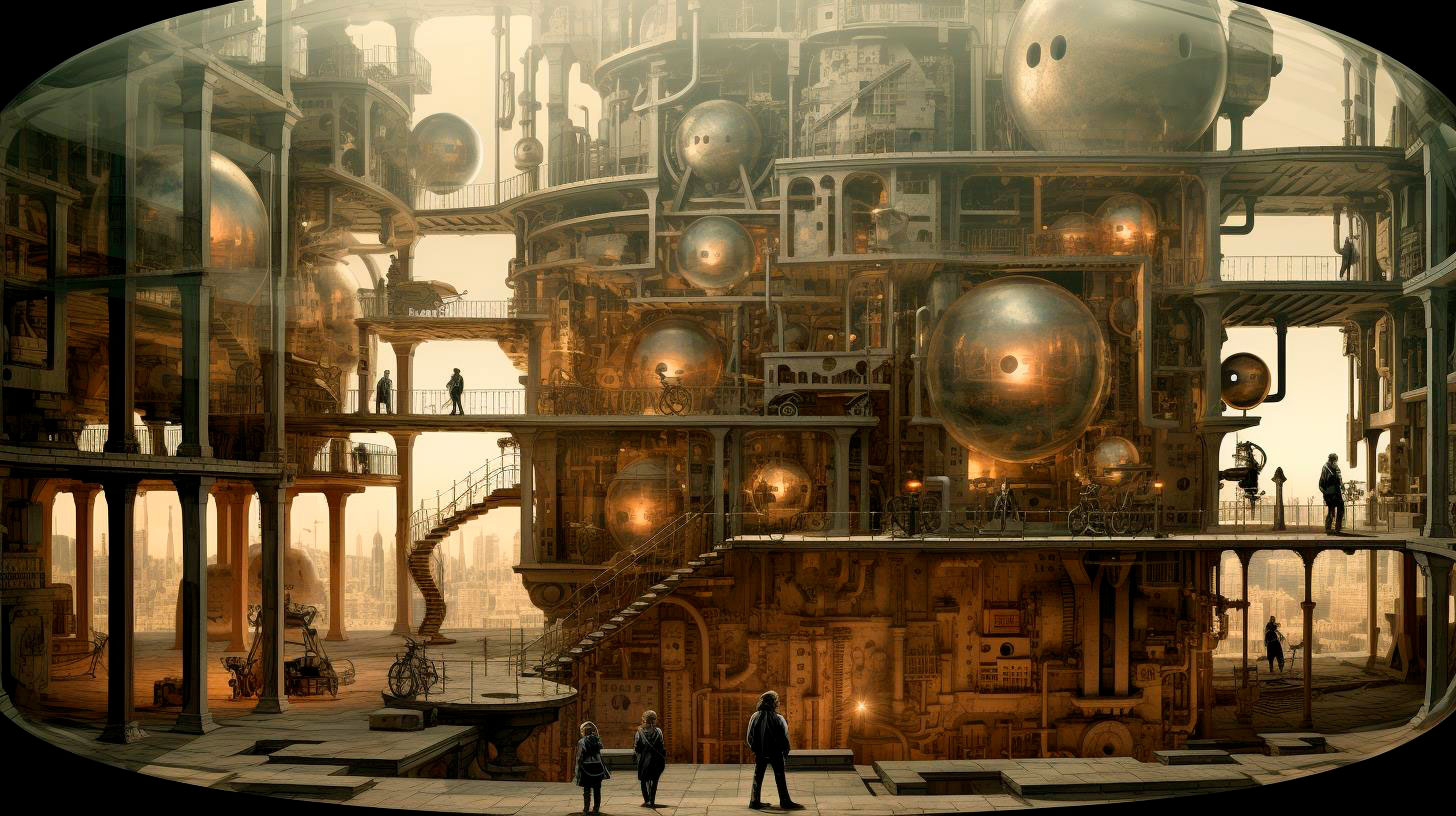But have you ever wondered about the psychological reactions that occur when viewing such captivating images? In this article, we will delve into this intriguing topic, exploring the impact of high-speed photography on our emotions, perceptions, and overall visual experience.
The Power of High-Speed Photography
High-speed photography offers a unique perspective by freezing dynamic motion. It captures details and intricacies that would typically go unnoticed. When we look at a high-speed photograph, several psychological reactions occur:
- Awe-inspiring moments: High-speed photographs capture split-second moments, captivating our attention and leaving us in awe. They allow us to witness movements and actions that are typically invisible to the naked eye.
- Enhanced focus and attention: When viewing high-speed photographs, our attention is directed towards the frozen moment, making us notice details we might have otherwise missed. It encourages a closer examination of the subject, revealing hidden intricacies.
- Visual stimulation and curiosity: High-speed photographs spark our curiosity and engage our visual senses. They challenge our perceptions and encourage us to explore the boundaries of what is visually possible.
- Emotional response: High-speed photography has the power to evoke various emotions within us. Whether it’s capturing the joy of a splash, the elegance of a dancer’s movement, or the sheer power of an athlete in action, these images can elicit a strong emotional response.
The Science behind the Reactions
Several psychological and cognitive factors contribute to our reactions when viewing high-speed photography:
- Perceptual processing: When observing a high-speed photograph, our brain engages in perceptual processing, deciphering the details frozen in time. This process stimulates our visual system, enhancing our visual perception skills.
- Emotional contagion: High-speed photographs can trigger emotional contagion, where the emotions depicted in the image are transferred to the viewer. This phenomenon creates a bond between the viewer and the subject, leading to a deeper connection.
- Cognitive processing: High-speed photographs require our brain to process the image quickly, analyzing the subject and its surroundings. This cognitive processing stimulates our problem-solving skills and enhances our ability to make sense of complex visual information.
- Capturing unique moments: High-speed photography freeze-frames moments that are impossible to observe in real-time. This uniqueness contributes to our fascination, as we get a glimpse into the hidden details of fast-moving actions.
Applications and Benefits
The impact of high-speed photography goes beyond its aesthetic allure. It finds applications in various fields, including:
- Scientific research: High-speed photography helps scientists analyze fast processes, such as the burst of a bubble or the movement of a flying insect. It allows for precise measurements and the study of phenomena that occur in a fraction of a second.
- Sports analysis: High-speed photography enables sports analysts and athletes to study and improve performance by examining the intricacies of motion. It helps identify areas for improvement and enhances training techniques.
- Art and creativity: High-speed photography has become an art form in itself. It allows photographers to capture unseen beauty and create visually striking compositions. It sparks creativity and offers a unique perspective for artistic expression.
- Product design and testing: High-speed photography helps engineers and designers analyze the behavior and impact of their products during dynamic events. It assists in improving functionality, identifying weaknesses, and ensuring product safety.
In Conclusion
High-speed photography captures elusive moments, revealing details and actions that our eyes fail to catch in real-time. It triggers psychological reactions, such as awe-inspiring moments, enhanced focus, curiosity, and emotional responses. Through perceptual and cognitive processing, viewing high-speed photographs enhances our visual perception and problem-solving skills. Additionally, it finds applications in scientific research, sports analysis, art, and product design. It is truly a captivating and powerful technique that opens up a whole new world of visual exploration.
So, the next time you come across a high-speed photograph, take a moment to appreciate the incredible fusion of art, science, and psychology that lies within!




















+ There are no comments
Add yours